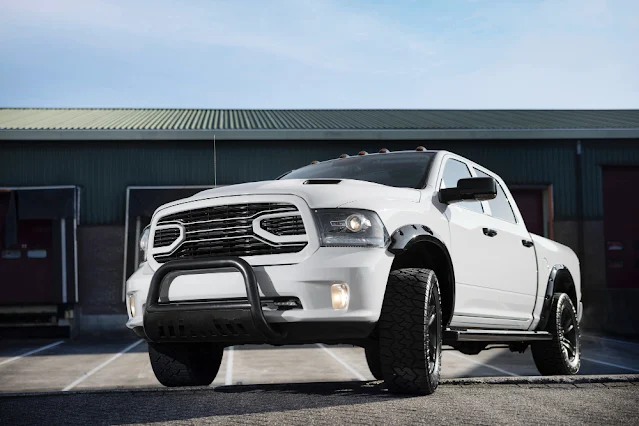The Explorer, Ford's new electric family SUV, was supposed to be at dealerships by the end of last year, but that didn't happen. Production got delayed by at least six months for various reasons.
Ford had told Broom earlier that they aimed to start selling the car in the first quarter of this year, and now they're deciding when production will begin. According to German Automobilwoche, Ford has confirmed to the newspaper that production is set to start in June. This likely means the first Explorer cars will be in Norway before summer ends.
Ford has big plans for the Explorer in Europe. It's their second electric car after the successful Mustang Mach-E. Around 15,000 Mach-Es are already on the road in Norway alone, making it the most registered model in 2021.
The Explorer, a compact "people's SUV" at 4.5 meters, has features buyers want, like a trailer hitch, a 4x4 option, and ample luggage space. With a 450-liter trunk, it's bigger than the Mustang Mach-E but lacks a front trunk (frunk).
Built on the same platform (MEB) as the VW ID.4 and Skoda Enyaq, the Explorer is a joint project with the Volkswagen group. It shares technology, including motorization and battery packs, with these competitors. The battery pack is 77 kWh net, giving a range of about 500 kilometers. It can come with rear-wheel drive or 4x4, which is likely more popular in Norway.
However, some say the Explorer is coming to the market too late. Critics argue that competitors are already ahead with the next generation of cars boasting lower consumption and better range. Despite this, Ford aims to sell 600,000 electric vehicles annually from 2026 and plans to have a lineup of nine models by 2035.
We'll provide more information on sales as soon as we know more. Some skeptics have raised concerns that the Explorer is entering the market later than ideal, with competitors already advancing into the next generation of cars featuring improved efficiency and extended range. Despite these reservations, Ford remains steadfast in its goal of selling 600,000 electric vehicles annually by 2026.
Looking ahead to 2035, Ford envisions a lineup comprising nine electric models. The Explorer's success is pivotal in achieving these ambitious targets. While the model's late arrival may be a point of contention, Ford is banking on its capabilities and features, such as the spacious 450-liter trunk, to appeal to consumers.
The Explorer's collaboration with the Volkswagen group and sharing a platform with well-received models like the VW ID.4 and Skoda Enyaq positions it as a competitive player in the electric SUV market. The shared technology, including the 77 kWh net battery pack and a range of approximately 500 kilometers, adds to the Explorer's appeal.
Ford recognizes the unique demands of different markets, and for the Norwegian audience, the availability of a 4x4 and a trailer hitch option may make the Explorer a preferred choice. The success of the Mustang Mach-E in Norway suggests a growing interest in Ford's electric offerings, setting a positive precedent for the Explorer's reception.
As Ford works towards the production kick-off in June, anticipation is building to see how the Explorer will fare in a market that is becoming increasingly competitive in the electric vehicle segment. Only time will tell if the Explorer's delayed entry will be a hurdle or an opportunity for Ford to showcase its commitment to delivering a compelling electric SUV option for consumers in Europe and beyond. Stay tuned for further updates on the Explorer's journey to the market.
tesla
tesla model y
ford ranger
ford raptor
glødeplugger
ford.no
ford lightning
ford explorer hybrid
ford granada
ford 4000
ford bergen
ford alnabru
ford escape
ford mustang 1969


well
ReplyDeletefine
ReplyDeleteAlways interesting.
ReplyDeleteFantastic blog! Well-written article and a pleasure to navigate
ReplyDeleteYour expertise is evident in every word.
ReplyDelete